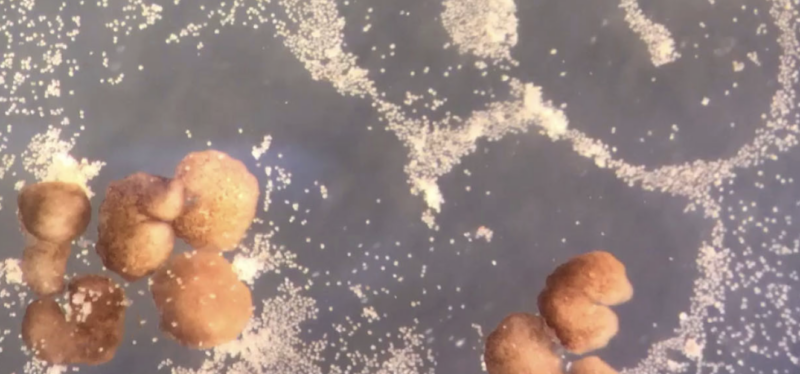Interesting research, but no, we don’t have living, reproducing robots

Enlarge / The crescent-shaped balls of cells would travel in circles, piling up cells that could grow into mobile clusters. (credit: Sam Kriegman and Douglas Blackiston)
Scientists on Monday announced that they'd optimized a way of getting mobile clusters of cells to organize other cells into smaller clusters that, under the right conditions, could be mobile themselves. The researchers call this process "kinematic self-replication," although that's not entirely right-the copies need help from humans to start moving on their own, are smaller than the originals, and the copying process grinds to a halt after just a couple of cycles.
So, of course, CNN headlined its coverage "World's first living robots can now reproduce."
This is a case when something genuinely interesting is going on, but both the scientists and some of the coverage of the developments are promoting it as far more than it actually is. So, let's take a look at what has really been done.
Read 17 remaining paragraphs | Comments